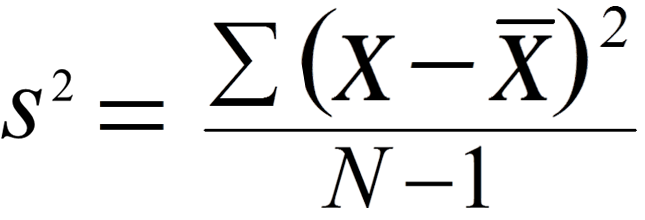Hi all!
I'm confused about one of the exercises and I haven't been able to find any clues on how to solve it from the book.
There are X random numbers, independent from eachother and they all have the uniform distribution on interval 0,1
We look at the sample mean.
Approximate the probability P (X<0.56) for n=10
Use the central limit theorem.
What I got so far:
It is an uniform distribution so all the options have the same chance. As the exercise wants to know what the probability is for X<0.56, I assume that we will be taking steps of 0.01 from 0 to 1. Which leaves us with chance p of 0.01
This is where it gets confusing, if I look in the book it says you can use the normal approximation for the binomial distribution.
However, it says nothing about an uniform distribution and how to use it for CLT.
If I would ignore that and continue as if I had a binomial distribution, I get stuck at the next step which is approximating μ and σ as n*p is not larger than 5.
Can someone point me in the right direction?
I'm confused about one of the exercises and I haven't been able to find any clues on how to solve it from the book.
There are X random numbers, independent from eachother and they all have the uniform distribution on interval 0,1
We look at the sample mean.
Approximate the probability P (X<0.56) for n=10
Use the central limit theorem.
What I got so far:
It is an uniform distribution so all the options have the same chance. As the exercise wants to know what the probability is for X<0.56, I assume that we will be taking steps of 0.01 from 0 to 1. Which leaves us with chance p of 0.01
This is where it gets confusing, if I look in the book it says you can use the normal approximation for the binomial distribution.
However, it says nothing about an uniform distribution and how to use it for CLT.
If I would ignore that and continue as if I had a binomial distribution, I get stuck at the next step which is approximating μ and σ as n*p is not larger than 5.
Can someone point me in the right direction?

